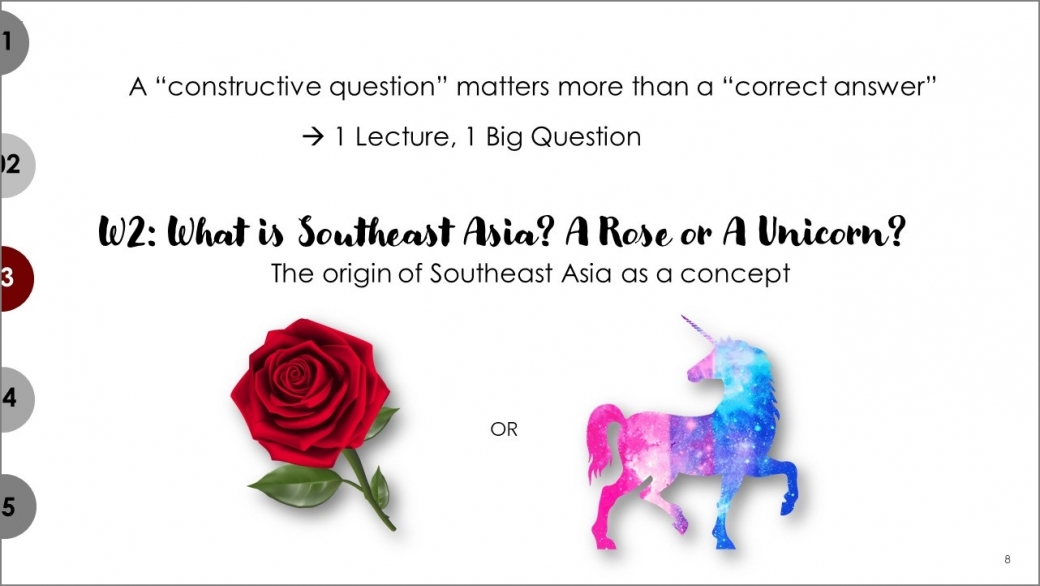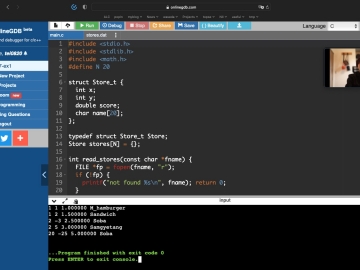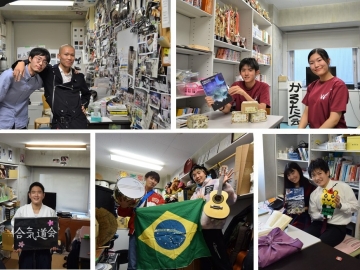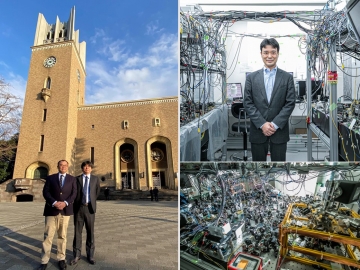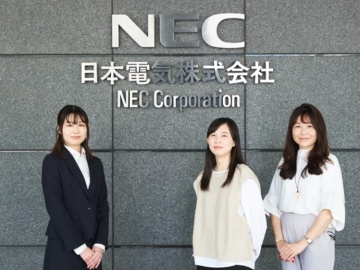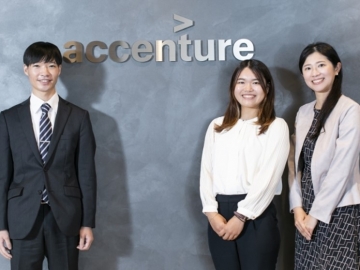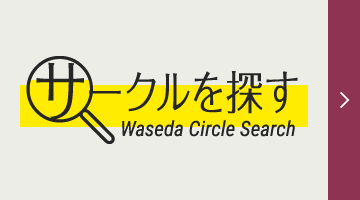What kind of courses do Waseda students find interesting? Each student has their own criteria; for some it’s classes with a fewer students and active discussion, for others it’s classes with a lot of fieldwork, or the chance to work together with classmates. It’s interesting to think about what kind of courses are received highly by students.
Here at Waseda University, faculty who excel in their teachings are recognized in the “Teaching Awards”, which are based on survey data provided by students each semester. Today, we’d like to introduce two faculty members who received the “University President Award” for the Spring 2021 Teaching Award: Professor Pattajit Tangsinmunkong from the School of Social Sciences, and Professor Kenji Tei, from the School of Fundamental Science and Engineering. Read on to find out their “secrets” to making their courses a success, and the thoughts from students who have taken their classes.
Tackling sensitive issues head-on
She travelled around Southeast Asia for the class!
Faculty of Social Sciences, School of Social Sciences
Assistant Professor Pattajit Tangsinmunkong
Subject: Lectures on Social Science (Southeast Asia in Global Context) A
School:School of Social Sciences
Language of Instruction: English
Lesson format: In-person
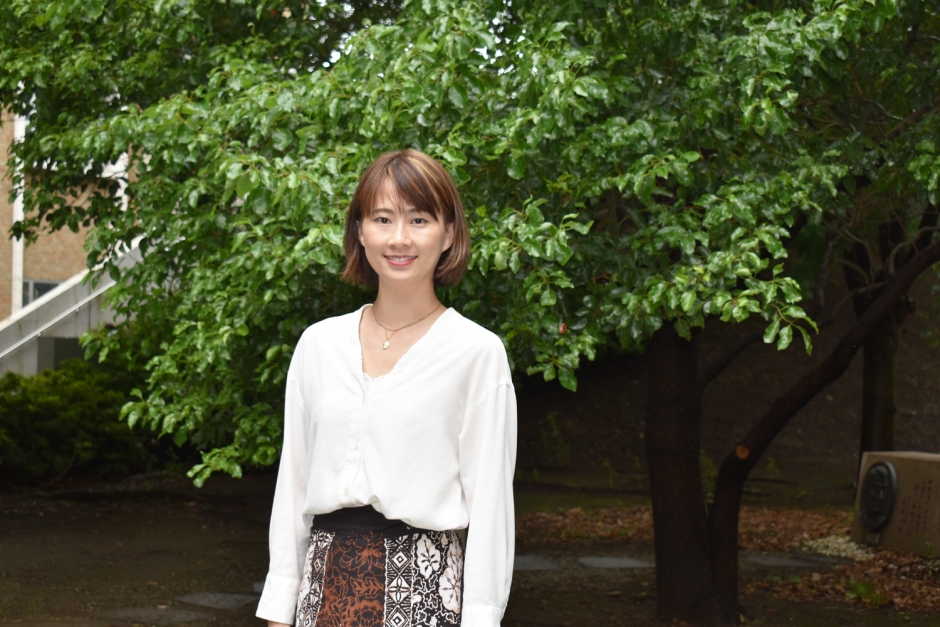
Professor Pattajit served as secretary to the Ambassador at the Royal Thai Embassy in Beijing in 2010. In 2014, she worked as an information provider for the Tourism Authority of Thailand. Then, in 2019, she completed her doctoral program at the Graduate School of Social Sciences at Waseda University and started teaching as an assistant professor at the School of Social Sciences that same year. She is also a member of the Japanese Society of Thai Studies, the Japan Society for Southeast Asian Studies, and the Japan Association for Asian Studies.
-Please tell us about the content/aspects of the course for which you obtained the Teaching Award.
Throughout this course, students reevaluate global concepts such as race, peace, and freedom through learning about the history and international relations of Southeast Asia. The Southeast Asia region has faced countless wars and its people, even to this day, are losing their lives fighting for democracy and freedom. By looking at historical examples of the region, this course asks students to reconsider universal values such as peace, justice, democracy and freedom, and why they are important. What can we, who live in peace, do for those who do not? In this course we will together look at the past to understand the present, and then discuss about what we should do for the future. The course consists of a 70-minute lecture followed by 20-minute group discussions, and the class is attended by both international students and Japanese students.
-What do you do to engage students’ interests?
There are two main things that I do. The first is throwing out a big question at the start of the lecture. For example, “What is Southeast Asia: a rose or a unicorn?” At first, most students are understandably confused by the question. This is to trigger students’ curiosity. Then I will break it into 2-3 small questions to explore how the concept of Southeast Asia came into being. If this concept did not originally exist and finally took hold after the Second World War and Cold War, is Southeast Asia a “real” rose or an “imaginary” creature like a unicorn? Using Southeast Asia as a starting point, we also think about whether there are other concepts that developed similarly to Southeast Asia over time. I believe that good questions can be very powerful. It can trigger students to think and link what they learned with their previous knowledge
Personally, I clearly remember classes with such impressionable questions during my time as a student.
Left: The first page of the slides used for one of the lectures. Afterwards, a QR code is shown and students use their devices to fill out what they have learned in their preparatory study for the class.
Right: A big question is shown at the start of every lecture.
The second thing I do is use real-life materials and examples. At the end of 2019, before I started this course, I went around Southeast Asia for 6 weeks, visited various history museums, and listened to the stories of the local people, etc. I use these pictures and stories that I gathered during that time in my lectures. Texts in books written from researchers perspective can be distant to students. Using material that they can actually see and hear brings can bring a sense of affinity to students. It will help students realize that although we speak different languages, have different skin colors, we all share the same thing: humanity. These stories and the sense of affinity can foster empathy into students’ mind.
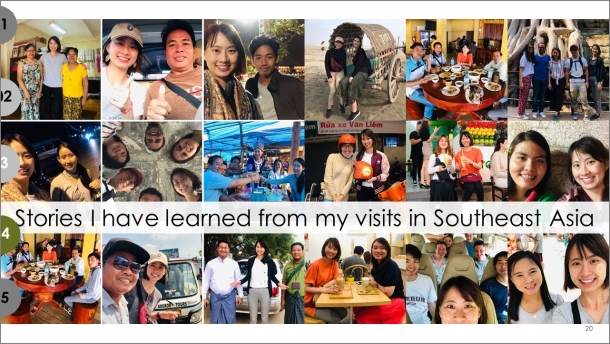
Pictures from travelling around Southeast Asia. Professor Pattajit finds real-life stories from people she meets interesting and captivating. Her hobby is traveling, and she has been to many places in Japan from Hokkaido all the way to Okinawa. As she enjoys historical spots and museums, she is motivated by using the experiences for her lectures and research.
-How do you decide what topics to teach?
In class, we address sensitive topics such as the meaning of colonialism, and Japan’s actions in Southeast Asia during the Second World War. I believe that trying to avoid sensitive issues will only make many problems occuring in the world today “other people’s problem”. Turning our back against those problems can turn us into ignorant persons.
In class, I encourage students to be open-minded and keep distance from their nationality.Sensitive topics become harder to talk about once students enter their workplace, so I think four years at university might be the only time for students to face these problems head-on and forge their own thoughts. Discussions are done in small groups so students can feel comfortable to express their ideas.
Perhaps because of this kind of class structure, few students end up dropping the class. In the 2021 fall semester, all registered students submitted their end-of-term report and obtained their credits. I was glad to hear the students say that they could question what they perceived as “normal” and look at the world in a different light. There are also students who went to Southeast Asia to volunteer after taking this course. Additionally, I am delighted to see that the number of students who are taking my courses this spring semester has doubled from 2021.
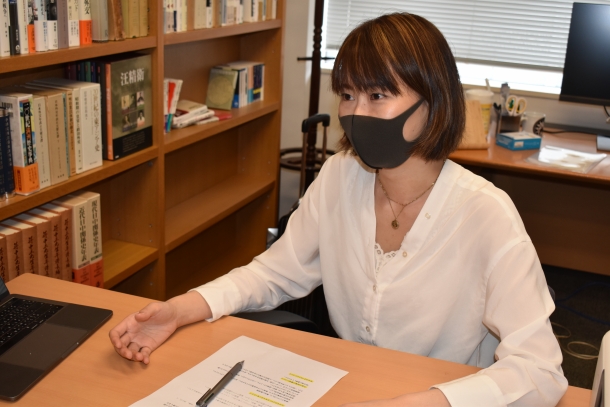
Professor Pattajitg loves travelling and watching movies. She has a list of movies that she wants to watch and she is making her way through them one by one. An unforgettable movie she has watched is The Act of Killing (2012), a documentary film with its setting in Indonesia. She also uses various films for her classes.
-Please tell me your outlook for the future.
I had the students read their classmates’ comments (displayed anonymously) about this semester’s class. They had the opportunity to know about opinions that are different from their own, and it seems like it led to international exchange. I would also like to do online exchanges with university students living overseas in the future.
“In a class where the professor has many fans, I both learned about Southeast Asia and improved my English”
Nana Mizoguchi, a 2nd year student at the School of Social Science
 I spent my junior and senior high school days in Singapore because of my father’s work. Even though I went to a Japanese school, I learned about Singapore at school and visited the local museums, and became interested in the history and culture of the country.
I spent my junior and senior high school days in Singapore because of my father’s work. Even though I went to a Japanese school, I learned about Singapore at school and visited the local museums, and became interested in the history and culture of the country.
Last fall semester, I took Professor Pattajit’s course for the first time. The class content and professor’s personality drew me in, and I decided to take another course by her this semester. There are many students who, like me, are fans of Professor Pattajit.
I think a unique point about this course is the “reaction paper” system after each lecture. We are asked not just to write down three things we learned that day to hand in, but also to evaluate and comment on four other classmates’ reaction papers. I get to see different opinions and it gives me a broader perspective. Also, I get to learn good English expressions and improve my own English.
The attractive part about this course isn’t that you just take it and you’re finished, or you write a comment and then you’re finished; it’s that there are areas I can grow in even after the class is finished. Through the course, I got to know that Southeast Asia is much more diverse than I imagined it to be, and even though there is this “framework” of Southeast Asia, each country’s history is vastly different, and the values and culture are diverse. I would like to go around Southeast Asia and see for myself while I am a university student.
A practical course that is meaningful even for those who do not wish to become engineers
Students work together online to write a program!
Faculty of Science and Engineering, Global Center for Science and Engineering
Associate Professor Kenji Tei
Subject: C Programming 03
School: School of Fundamental Science and Engineering
Language of Instruction: English
Lesson format: Online (real-time)
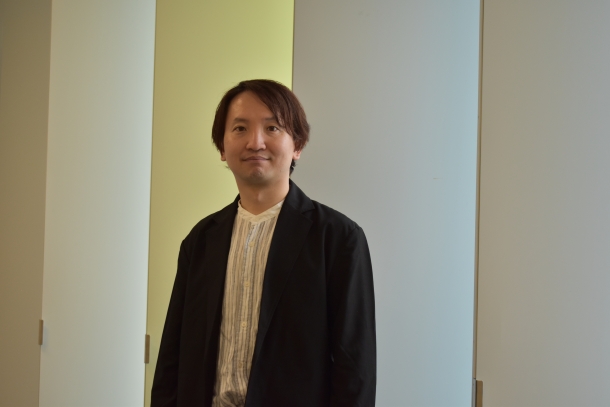
Dr. Kenji Tei graduated with a Ph.D. in Engineering from the Graduate School of Science and Engineering at Waseda University in 2008. He worked as a research associate and assistant professor at Waseda, and as an assistant professor and associate professor at the National Institute of Informatics. Since 2019, he has been working as an associate professor in the Faculty of Science and Engineering and the Global Center for Science and Engineering. He is concurrently a specially appointed assistant professor at the GRACE Center of the National Institute of Informatics. His research areas include self-adaptive systems, software architecture, and model-driven engineering. Dr. Tei is primarily responsible for courses in the English-based program.
-Please tell us about the content/aspects of the course for which you obtained the Teaching Award.
It was an introductory course on information systems, the next step for students who have learned the basics of programming. The class was taught in a “flipped classroom” format, with students learning about the topic from videos prior to coming to class, so that class time is used for ample practice.
-What do you do to engage students’ interests?
The most interesting aspect of this course is the use of “online mob programming.” Mob programming is a method of programming where students are divided into groups of 3-4 and one person works on the computer while the others give advice.
There are students outside the School of Science and Engineering and many international students who take this class. The students come in with various levels of knowledge about programming, and if I teach content that is difficult, beginners find it hard to understand. On the other hand, if the content is too simple, those who have more knowledge get bored. That is why mob programming is an efficient way for the students to share knowledge within the group and a highly effective learning method.
Due to Covid-19, many international students were unable to enter Japan and were left in an isolated situation, and the students in Japan were also feeling stressed out. Being able to work together to write up a program through online mob programming in this situation seemed interesting to all students.
Left: Slide explaining class content.
Right: Dr. Tei explaining how to use an online GDB on cloud.
-How did you choose topics/assignments that would interest students with varying levels of programming knowledge?
I used familiar topics and data in my lectures. For example, assignments such as sorting geographically-close shops in order by review ranking. It’s boring to use “textbook-style” examples that are not obviously applicable. Students will be more motivated if they can envision how their program is going to be useful in the world. Additionally, at the beginning of class I explain the previous assignment and introduce a one-step up solution that even the highly skilled students can learn from.
-How did you come up with your current way of teaching?
For many years I have been teaching a lecture at the National Institute of Informatics for professional engineers, and they always seek information that could be used in the actual field. Through that experience, I considered that the use of practical applications could prove successful in highly effective learning for university students as well.
Thus, I introduced the mob programming method that is used often by skilled engineers in the field to train newcomers. Also, as engineers are expected to create documents that explain the programs they write up in the field, I assign similar explanatory reports to the students as their homework.
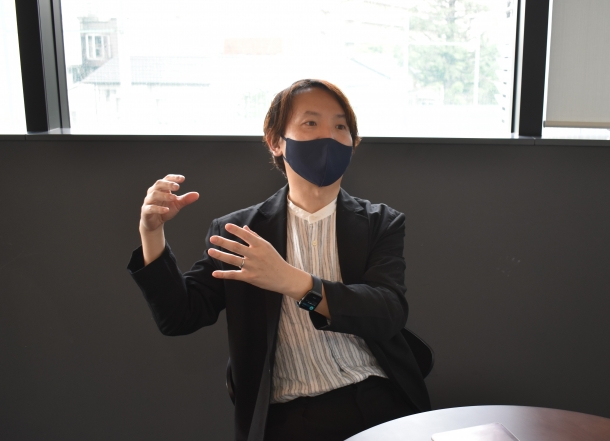
Dr. Tei, pictured above talking about how he enjoys watching his students grow, mentioned that his hobby is making coffee. Every morning he makes a cup of hand-drip coffee before he starts work. On the weekends he plays tennis, and practices mindfulness and meditation.
-Can you tell me about your outlook for the future?
Programming is not just about operating a computer; it is also useful for improving problem-solving skills. Even if the student does not become an engineer in the future, they can apply these skills to various situations in life. That is why I explain that programming is useful to learn, and I make my classes convey that message. I believe that I received the teaching award because of the combination of various factors such as the introduction of mob programming during the Covid-19 pandemic, and using topics that are familiar to the students. I will continue devising ways at each opportunity to create content that is useful and interesting to students, that will support their future growth.
“We could communicate with, and learn from each other online”
Rui SHI, a 2nd year student at the School of Fundamental Science and Engineering
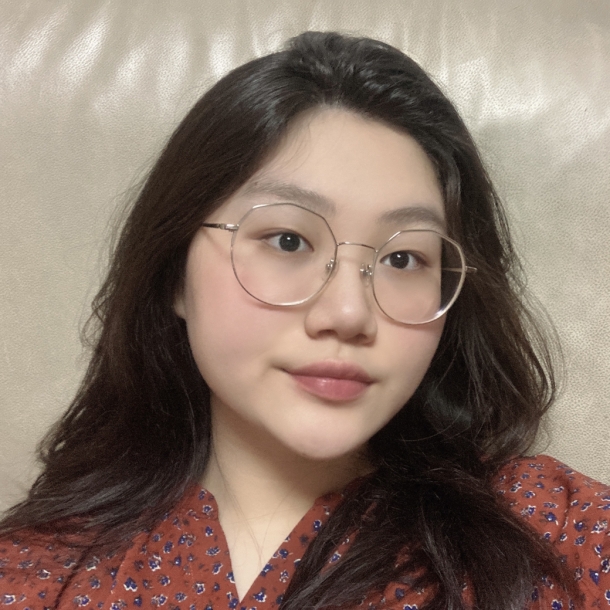
I major in computer science, and decided to take this course because I became interested in programming after taking an introductory course to C programming language. You can learn about recursion, sorts, structure, and solving linear and non-linear equations, topics that were not covered in the introductory course.
The best part of this class was doing mob programming. Through mob programming, I could communicate directly with my classmates and we could learn from each other. The mob programming also bridged the gap from online learning, and gave me the chance to make friends.
Dr. Tei thinks a lot about the students, and is always willing to answer our questions. In one of the classes, I thought I had written up a proper program by myself, but there were strange numbers mixed into the results. He helped me debug the program line by line after class, found where the problem was and explained it to me in detail. It really helped me a lot.
The C programming language is an important foundation for learning other programming languages in the future. Dr. Tei’s class allowed me to have fun learning C while communicating with my classmates.
Interview and text: Hiroko Nishimine


